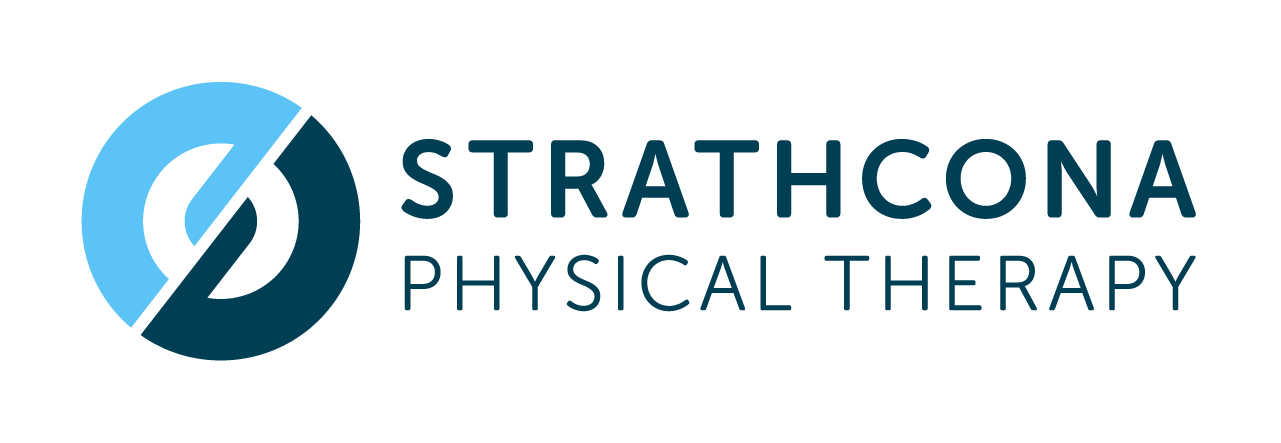Understanding Trigger Thumb: Causes and Treatment Options
Trigger thumb, also known as stenosing tenosynovitis, is a condition that causes pain, stiffness, and a "catching" or "locking" sensation when moving the thumb. It can interfere with daily activities, making it difficult to grip or hold objects.
What Causes Trigger Thumb?
Trigger thumb occurs when the tendon that helps bend the thumb becomes irritated and inflamed. This irritation can cause the tendon to thicken and develop nodules, making it difficult for the tendon to glide smoothly through the protective sheath that surrounds it. As a result, the thumb can become "stuck" in a bent position before it suddenly releases, often with a painful snapping sensation.
Pathophysiology (What’s Happening Inside)
The tendon involved in trigger thumb moves through a series of small pulleys (similar to how a rope moves through rings on a flagpole). When the tendon sheath becomes inflamed, the space through which the tendon moves narrows, causing the thumb to catch or lock. This creates the classic symptoms of pain, stiffness, and the triggering sensation.
The Role of Physiotherapy
Physiotherapy plays an important role in managing and treating trigger thumb. A physiotherapist can use various techniques to reduce pain, improve mobility, and restore function. Treatment may include:
Stretching and Strengthening Exercises: Gentle stretches and targeted exercises can help reduce stiffness and improve flexibility in the thumb and surrounding muscles.
Manual Therapy: Techniques such as soft tissue massage can help relieve tension around the thumb’s tendons and muscles.
Education on Activity Modification: Your physiotherapist may suggest modifying activities that strain the thumb, such as gripping or repetitive movements, to prevent further irritation.
Can Shockwave Therapy Help?
Shockwave therapy, commonly used for treating musculoskeletal conditions, may offer potential benefits for trigger thumb. It involves delivering sound waves to the affected area to promote healing and reduce pain. Shockwave therapy may help break up adhesions or nodules around the tendon, allowing for smoother movement. While more research is needed, it could be considered as part of a comprehensive treatment plan for persistent cases.
The Role of Activity Modification
Changing the way you perform daily tasks can reduce strain on the thumb and help prevent symptoms from worsening. For example:
Use tools with larger grips
Take frequent breaks during activities that involve repetitive thumb movements
Avoid gripping too tightly
Bracing and Splinting
In some cases, using a thumb splint or brace can help reduce the irritation and give the tendon time to heal. These devices are designed to keep the thumb in a straightened or neutral position, preventing the triggering motion. Splinting is often recommended at night or during activities that would normally provoke symptoms.
Final Thoughts
Trigger thumb can be painful and frustrating, but with the right combination of physiotherapy, activity modification, and potentially shockwave therapy, most people can find relief. If symptoms persist, it’s important to consult a healthcare provider to explore all available treatment options, including splinting, injections, or, in severe cases, surgery.
By understanding the causes and taking steps to modify your activities, you can help manage trigger thumb and improve your quality of life
References:
Sato, J., Ishii, Y., & Noguchi, H. (2012). Conservative treatment for trigger thumb. Hand Surgery, 17(3), 395-399.
Rompe, J. D., et al. (2007). Shockwave therapy for tendinopathies. Clinical Orthopaedics and Related Research, 463, 37-44.
Canadian Physiotherapy Association. (2020). Physiotherapy for musculoskeletal conditions.
